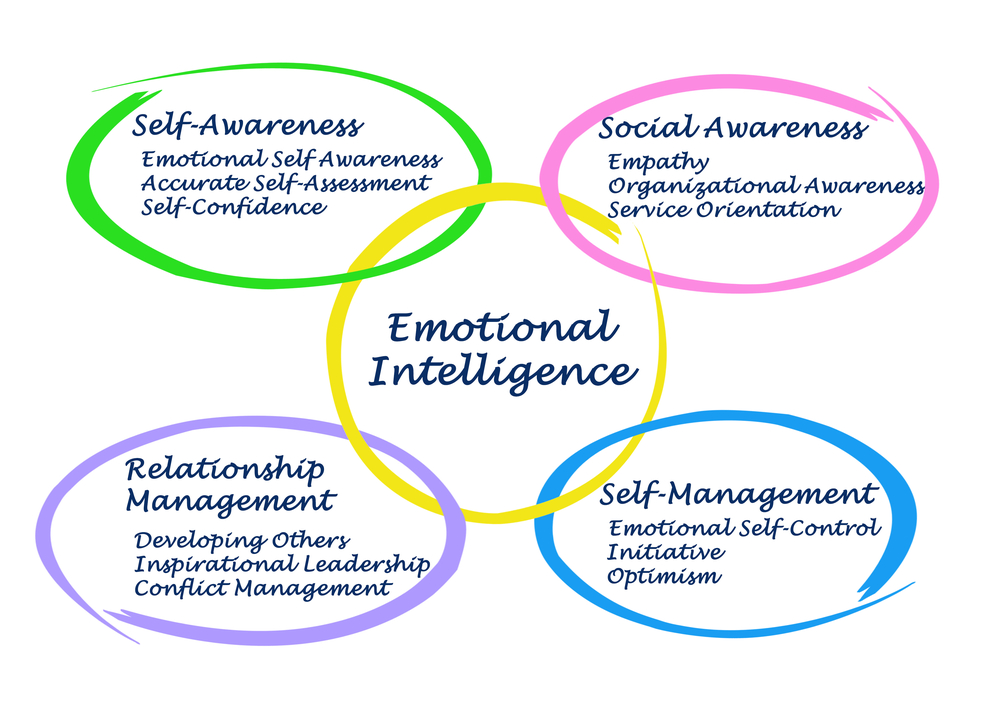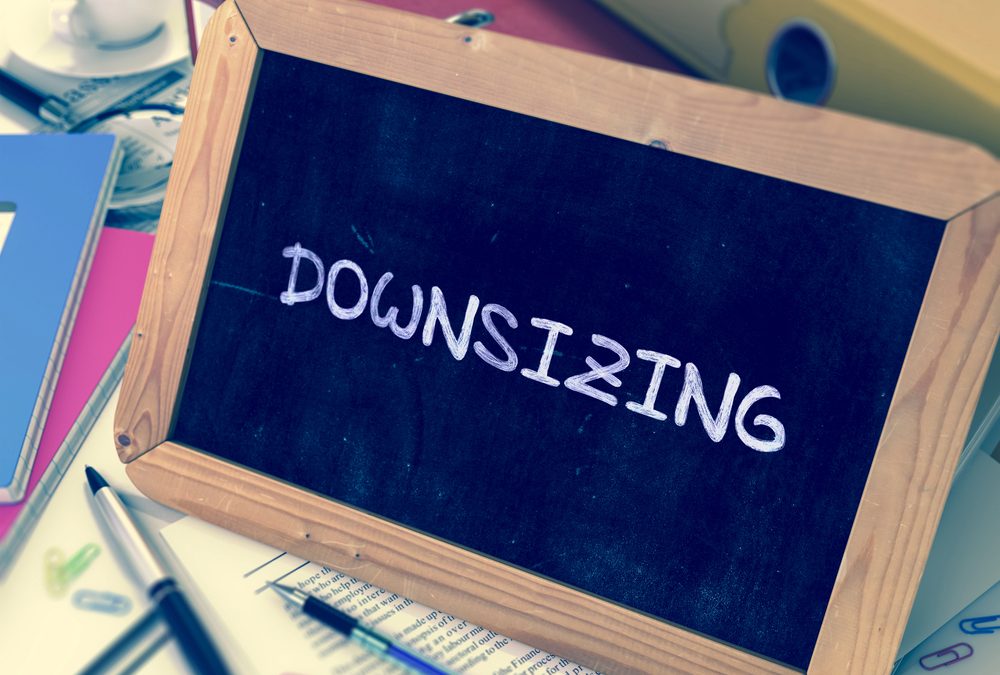 Over the years I have heard many people refer to themselves and/or others as a specific personality type – as defined after doing some ‘psychometric testing.’ I won’t argue or debate whether anyone should be neatly packed into a box labelled Type A (i.e., ambitious, rigidly organized, highly status-conscious, impatient, proactive and obsessed with time management) or Type B (i.e., even-tempered, patient, less competitive, easy-going, etc.). I’m much more comfortable with nuance and including psychometric testing as part of a larger process. I am also interested in exploring how temperaments operate at work and in general.
Over the years I have heard many people refer to themselves and/or others as a specific personality type – as defined after doing some ‘psychometric testing.’ I won’t argue or debate whether anyone should be neatly packed into a box labelled Type A (i.e., ambitious, rigidly organized, highly status-conscious, impatient, proactive and obsessed with time management) or Type B (i.e., even-tempered, patient, less competitive, easy-going, etc.). I’m much more comfortable with nuance and including psychometric testing as part of a larger process. I am also interested in exploring how temperaments operate at work and in general.
One client said to me:
“I realized the profession I was in seemed to attract a lot of Type A personalities, and I am so not a type A … I’m chill and not at all about competition or aggressively goal-driven. I like to be around people who are easy going and not so focused on beating someone to the punch. It made my place of work feel tense and unfriendly at times … I guess I just didn’t fit in.”
This got me wondering – how well do various personality types mix while working together? And, how can employees and employers use this information to have people working in roles that are a good fit for their unique dispositions?
 We already know that no two people are identical (regardless of similar test scores), and we appreciate that peoples’ moods and behaviour can change depending on their circumstances and motivations. Where do we start?
We already know that no two people are identical (regardless of similar test scores), and we appreciate that peoples’ moods and behaviour can change depending on their circumstances and motivations. Where do we start?
Most of us have heard of various personality tests or psychometric testing. These are a standard and scientific method used to measure individuals’ mental capabilities and behavioural style. Psychometric testing measures candidates’ suitability for a role based on the required personality characteristics and aptitude (or cognitive abilities).
Common tests measure familiar qualities like introversion, extraversion, personality, leadership, and aptitudes like numerical reasoning, verbal reasoning, and logic.
It’s a huge industry that ranges from free assessments to others that must be paid for and used under specific circumstances. The latter, more expensive assessments are administered and interpreted by people with an MA or PhD in Psychology (or similar background). Naturally, some of the free/cheaper tests are popular (e.g., Type A/B, DISC, Myers-Briggs, etc.) while others are obscure to the general population.
Many of these tests have been criticized as being part of pseudo-science where unvalidated opinions have been falsely equated with facts. When this happens ‘for fun’ by individuals, it can be fairly harmless. When tests with questionable reliability (or consistency) and validity (it measures what it’s supposed to measure) are used to make decisions about who should be hired or promoted, it’s a much more serious problem.
 Safe Ways to Use Assessments in the Context of Employment
Safe Ways to Use Assessments in the Context of Employment
- Be careful about using psychometric testing to make hiring decisions since not all tests are reliable or valid – especially when used in ways that were not anticipated by the test developers.
- Use psychometric testing as part of your evaluation, not your main/only evaluation. Understandably, some candidates get very nervous during high stakes evaluations. If they never get a chance to speak for themselves or show what they’re capable of then it could result in lost opportunities – for employers and candidates.
- Consider using psychometric testing for non-threatening professional development so that test-takers get better insights about themselves and can make use of opportunities to become better individual contributors and/or leaders executives. That creates true win/win situations for employers and employees.
This is a huge topic with broad implications. If you’d like to discuss the use of psychometric testing in the context of
- a career change,
- leadership development,
- working as an executive/executive coaching
- becoming an entrepreneur
- or evaluating a potential franchisee,
I invite you to book a free and confidential initial consultation by phone or contact me via email, or via direct message on Twitter, Facebook, or LinkedIn.
If something urgent comes up, I’m also available by a voice or video on Magnifi, an expertise-on-demand app.
More than career coaching, it’s career psychology®.
I/O Advisory Services – Building Resilient Careers and Organizations.
Please share this article using any of the social media icons below.




